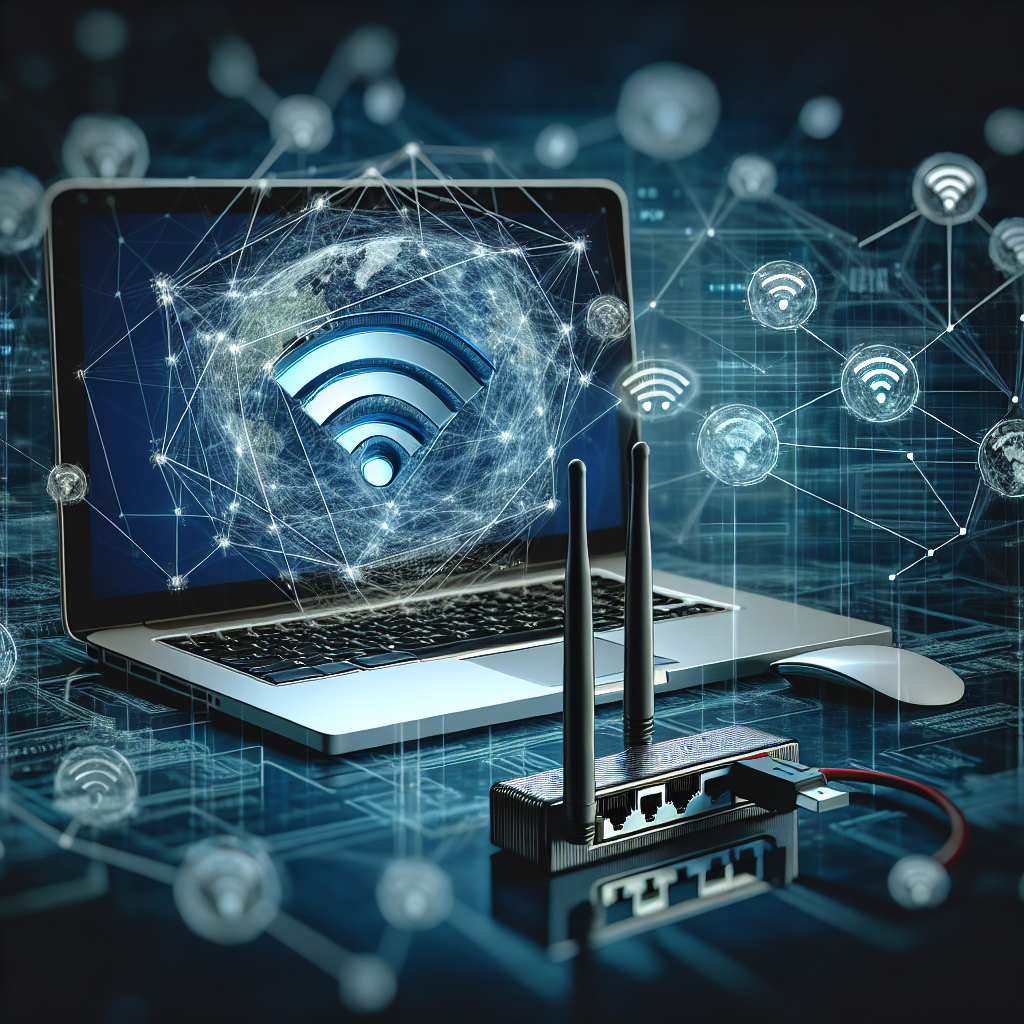
Introduction
Experiencing issues with your WiFi adapter not connecting to a specific network can be frustrating, especially when every other device in your household connects effortlessly. Understanding the potential reasons and troubleshooting steps can help you resolve the issue swiftly.
Common Reasons for Connection Issues
1. Incorrect Network Credentials
One of the most common reasons your WiFi adapter may not connect to a specific network is incorrect network credentials. Ensure you are entering the correct WiFi password.
2. Interference from Other Devices
Electronic devices emit electromagnetic signals that can interfere with WiFi signals. Devices such as microwaves, cordless phones, and baby monitors can cause significant interference.
| Device | Interference Level |
|---|---|
| Microwave | High |
| Cordless Phone | Medium |
| Baby Monitor | Medium |
| Bluetooth Devices | Low |
3. Outdated or Incorrect Drivers
Drivers are essential software that allows your operating system to communicate with hardware like your WiFi adapter. Outdated or incorrect drivers may prevent a stable connection to your network.
4. Router Firmware Issues
Routers require firmware updates to maintain their performance. If your router’s firmware is outdated, it may not support newer WiFi standards or devices.
5. Signal Strength
The distance between your WiFi adapter and the router affects the signal strength. Walls, furniture, and other obstacles can further weaken the signal.
6. Network Configuration Issues
Sometimes, the issue could be with the network settings itself. Check for MAC address filtering, static IP assignments, or other configuration parameters that may block your adapter from connecting.
Troubleshooting Steps
1. Verify Network Credentials
- Double-check the SSID (network name) and password you are entering.
- Check for any special characters or case sensitivity issues.
2. Reduce Interference
- Move your router to a central location away from electronic devices that can cause interference.
- Switch to a different channel on your router settings.
3. Update or Reinstall WiFi Drivers
- Visit the manufacturer’s website to download the latest drivers for your WiFi adapter.
- Uninstall the existing drivers and reboot your system before installing the new drivers.
4. Update Router Firmware
- Log in to your router settings through a web browser.
- Follow the instructions to check for and install firmware updates.
5. Improve Signal Strength
- Move your computer closer to the router.
- Consider investing in a WiFi extender or a more powerful router.
6. Check Network Configuration
- Log in to your router settings to check for MAC address filtering and whitelist your device.
- Verify that the DHCP settings are correctly assigning IP addresses automatically.
Conclusion
By understanding and troubleshooting these common issues, you can often resolve the problem of your WiFi adapter not connecting to a specific network. If all else fails, consulting with a technical support specialist can provide additional assistance.
